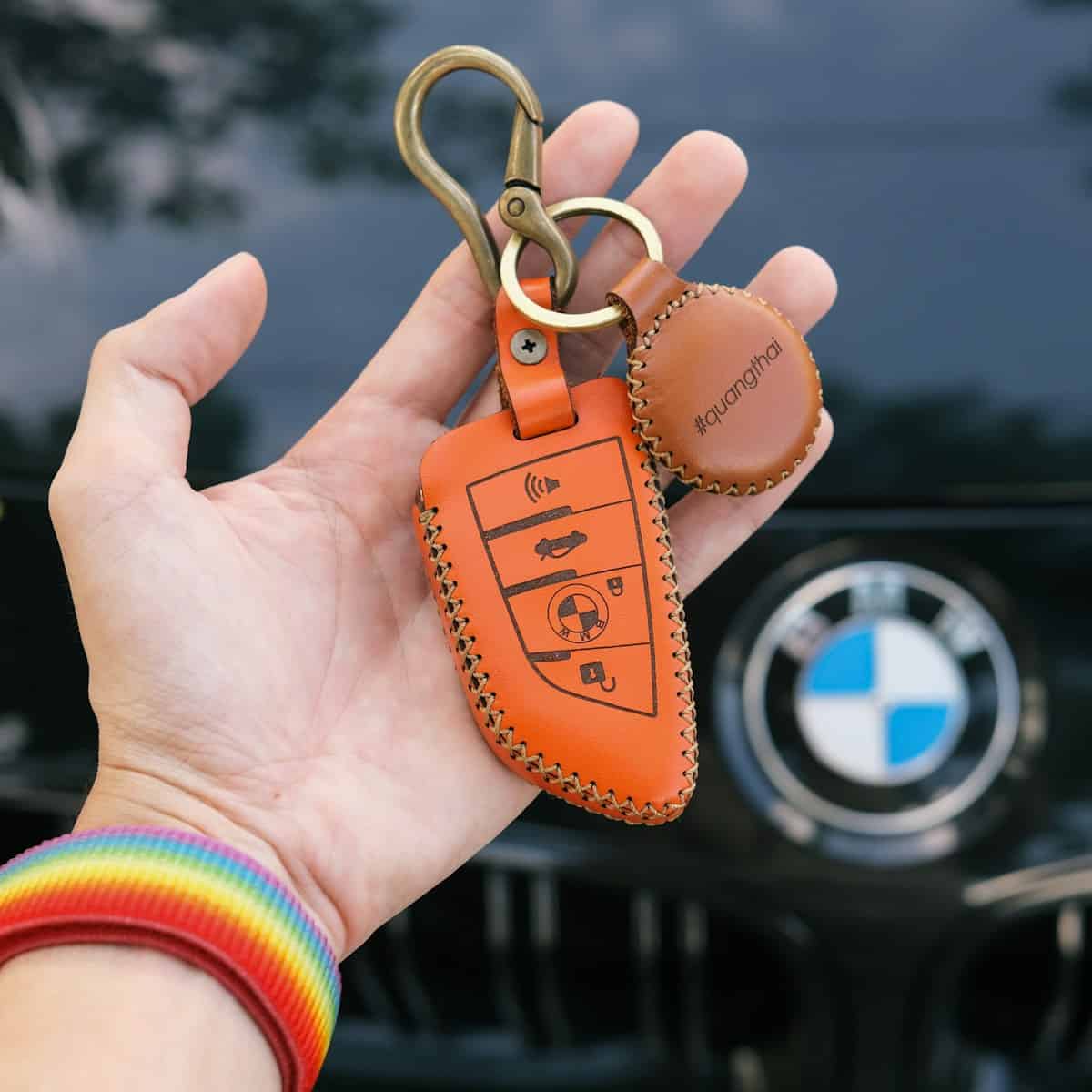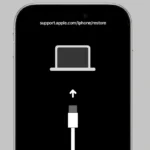If you place an AirTag in your car, you can use Apple’s Find My network to easily keep track of it. AirTags are small GPS trackers that work with iPhone and other Apple devices. They help you locate your car if you forget where you parked it or need to keep an eye on it for security reasons. You just need to put the AirTag in your car and check its location using the Find My app. Setting up your AirTag is simple. Once you buy it, you pair it with your iPhone and hide it in your car.
The AirTag’s battery lasts about six months to a year before needing replacement, so you don’t have to worry about daily maintenance. With the global community of Apple devices, your car’s location gets updated in real-time whenever it’s in contact with the network. It’s important to use AirTags responsibly to respect others’ privacy. Apple designed AirTags with features to prevent unwanted tracking, such as alerts for unknown AirTags moving with you. Make sure to follow privacy guidelines while keeping your vehicle secure.
Track Your Car with Apple AirTag: A DIY Guide for Peace of Mind
While Apple AirTags are primarily designed for tracking personal items, their discreet size and broad Find My network make them an intriguing option for keeping tabs on your vehicle. Here’s how to use an AirTag as a car tracker, along with the benefits and limitations you should know about.
Placing the AirTag in Your Car
- Strategic Hiding Spots: Choose a location inside your car where the AirTag won’t be easily visible or removable. Some popular options include:
- Under the floor mats
- In the glove compartment
- Within the spare tire well
- Inside seat cushions or upholstery
- Within a concealed compartment (if available)
- Use an AirTag Holder: Consider using a holder or case designed for AirTags to prevent rattling or damage while ensuring it stays hidden.
Tracking Your Car
- Find My App: Use the Find My app on your iPhone, iPad, or Mac to locate your AirTag and, by extension, your car.
- Precision Finding: If you’re within Bluetooth range of the AirTag (around 30 feet), Precision Finding can guide you directly to its location.
- Lost Mode: Activate Lost Mode to receive notifications if your car moves and to potentially gather location information from the vast Find My network.
Benefits and Limitations: A Balanced View
| Benefits | Limitations |
|---|---|
| Affordable and easy to use | Relies on Bluetooth and the Find My network, which can have limited range and accuracy |
| Small and discreet | Not a replacement for professional GPS tracking systems |
| Sends notifications when separated from your device | May not be effective in remote areas with few Apple devices |
| Helps recover stolen vehicles or misplaced cars in parking lots | Potential for privacy concerns and misuse |
Legal and Ethical Considerations
- Privacy: Be mindful of privacy concerns when using AirTags. Use them to track your own vehicle and avoid tracking people without their consent.
- Anti-Stalking Features: Apple has implemented measures to alert individuals if an unknown AirTag is moving with them, helping to prevent unwanted tracking.
An Extra Layer of Security
While not a foolproof solution, using an AirTag as a car tracker can provide an added layer of security and peace of mind.
Remember: AirTags are not a replacement for dedicated GPS tracking systems, which offer more advanced features and real-time tracking capabilities.
Key Takeaways
- AirTags offer a simple method to track your car using Apple’s network.
- An AirTag needs minimal setup and maintenance for car tracking.
- Responsible use of AirTags includes adhering to privacy standards.
Setting Up Your AirTag for Your Car
Using an Apple AirTag in your car ensures you can locate it anytime using the Find My app. This section will guide you through activating your AirTag, attaching it to your car, and understanding its key features.
Activating and Pairing with Your Device
First, take your AirTag out of its box. Bring it close to your iPhone and wait for the connection prompt. Follow the on-screen steps to name your AirTag with something memorable like “Car Key.” Your AirTag will then appear in your Find My app under the ‘Items’ tab.
Attaching AirTag to Your Car
Choose a spot in your car that’s hidden and secure. Common places include under seats, in the glove box, or in the trunk. The aim is to place the AirTag where it cannot be easily seen or removed. Use adhesive tape or a dedicated AirTag holder to fasten it properly. Make sure the AirTag is within Bluetooth range to ensure connectivity with your iPhone.
Understanding AirTag Features
AirTags are powered by a CR2032 battery that generally lasts about one year and are easily replaceable. They use Bluetooth to communicate with your iPhone and update its location on the Find My app. The range is generally around 30 to 50 feet indoors but can be much greater outdoors. If lost, AirTags also have NFC which allows anyone with a smartphone to tap the AirTag and view contact information if set in Lost Mode. For iPhone 11 users and above, the U1 chip enables Precision Finding which guides you to your car with more accuracy if close by.
Maintaining Security and Privacy
When using AirTags to track your car, it’s vital to consider both the security of your property and the privacy rights of all individuals involved.
Avoiding Unwanted Tracking
AirTags offer a Find My feature that helps you track devices linked to your Apple ID. However, to prevent stalking or unwanted tracking:
- Regularly check your surroundings for AirTags that do not belong to you.
- Enable location services to receive notifications if an unfamiliar AirTag is moving with you.
- If you get an alert, follow the in-built sound signal or use the Find Nearby function to locate the AirTag.
Be aware: Local law enforcement can assist if you suspect unwanted tracking.
Responding to Theft and Loss
If your car is stolen, the privacy policy and the Find My network can help recover it:
- Report the theft to the police immediately.
- Use the Find My app to track your AirTag’s last known location.
- Provide this information to the police; do not attempt to retrieve your vehicle alone.
Remember, it’s important to allow only trusted individuals access to your location data and follow proper legal protocols with local law enforcement in the event of theft or loss.







